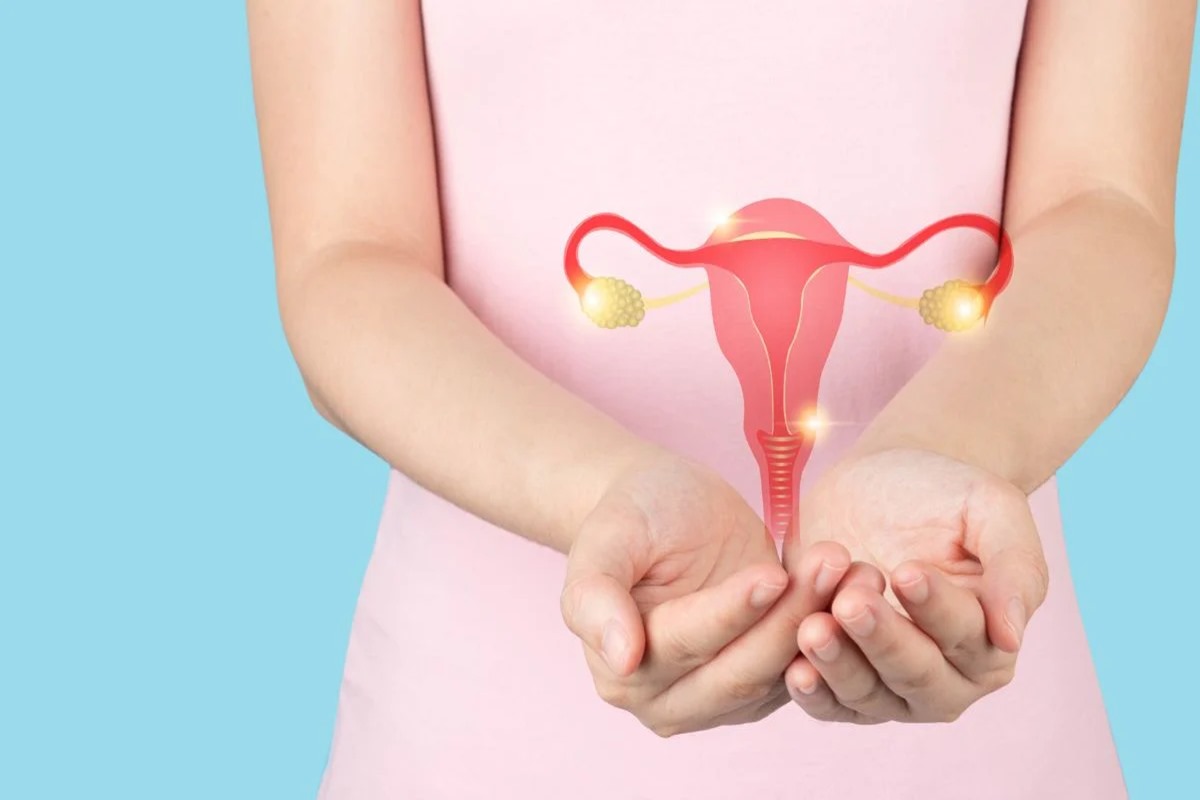Polycystic Ovary Syndrome (PCOS) has become increasingly prevalent among women after puberty and during their childbearing years. Sedentary lifestyles, poor dietary choices, insufficient sleep, and a lack of physical activity are some of the primary factors contributing to this hormonal imbalance. Common indicators of PCOS include weight gain, infertility, irregular periods, acne, and hair loss. While PCOS cannot be cured, it can be effectively managed by incorporating a balanced diet and regular physical activity into your daily routine.
Contrary to the perception that rigorous gym workouts are the only solution, studies have shown that yoga can play a significant role in alleviating the symptoms of PCOS. Yoga helps reduce excess testosterone production, stabilizes blood sugar levels, and mitigates inflammation. Bookmark these essential yoga poses to experience the positive impact they can have on PCOS management.
Advertisement
1. Bhujangasana (Cobra Pose)
– Start by extending your legs and lying flat on your yoga mat, with your toes touching the ground.
– Place your hands beneath your shoulders, keeping your elbows close to your body.
– Inhale deeply, lifting your chest from the mat, and maintain this position for 20 seconds while ensuring a relaxed posture.
– Exhale slowly as you return to the initial position.
– This pose strengthens abdominal muscles and the spine.
2. Setu Bandhasana (Bridge Pose)
– Begin by lying on your back on the yoga mat with your knees bent and feet hip-distance apart.
– Position your hands beside you with palms facing down.
– Inhale and gradually lift your lower back, followed by your upper back, allowing your sternum to stretch.
– Bring your chin closer to your chest while keeping your feet firmly on the ground.
– Stay in this position for 50-60 seconds, then exhale and return to the starting position.
3. Dhanurasana (Bow Pose)
– Lie face down on your mat with your feet at hip-distance and hands by your side.
– Bend your knees to bring your feet closer to your back.
– Stretch your arms and hold onto your feet.
– Inhale and raise your chest and thighs, maintaining this position for 30 seconds.
– Exhale slowly as you return to the initial position.
– This pose strengthens back muscles.
4. Janusirsana (Head to Knee Pose)
– This pose offers various benefits, including stimulating the kidney and liver, calming the brain, supporting the spine, and improving digestion.
– Begin by sitting with one leg extended and the other knee bent, with the sole touching the thigh of the stretched leg.
– Extend your arms and create an arch while attempting to touch the soles of the extended leg. If you can’t reach that far, start by stretching your arms as far as they can go or touching the knee.
– Bend your back to allow it to stretch.
– Exhale as you return to the initial position.
– Repeat ten times on each side.
Harness the power of yoga to alleviate the symptoms of PCOS and promote overall well-being. These yoga poses can be valuable tools in your journey to manage PCOS effectively.









